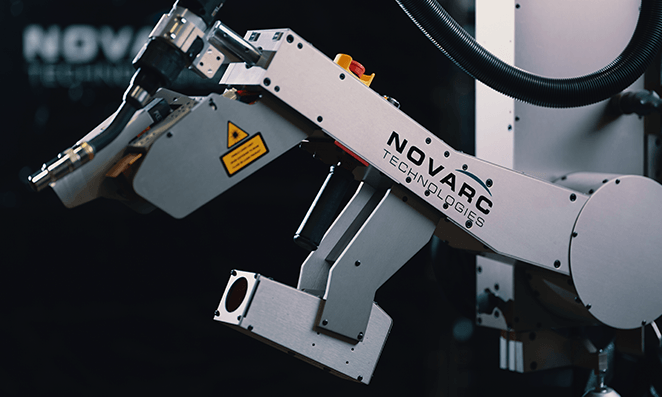Pairing vision-based software with collaborative robots results in greater accuracy and productivity
By: Soroush Karimzadeh, CEO and Co-founder, Novarc Technologies
The manufacturing industry has undergone massive changes over the past few years, largely driven by industrial automation. The good news is that industrial automation is helping to solve a number of manufacturing challenges: one of them being the labor shortage currently being faced by the welding industry.
Skilled welders are in high demand in the midst of many that are getting ready to retire. Adding insult to injury, fewer millennials are being trained to take over these skilled positions in order to fill the gap. At home, the American Welding Society predicts there will be a shortage of 400,000 welders by 2025. Worldwide, the situation is similar.
It’s now accepted on a global level that the welding industry is facing a looming skilled labor shortage. It’s challenges such as this that ultimately drive innovation. And automation may be one of the best examples. For instance, Novarc Technologies’ Spool Welding Robot (SWR) is a collaborative welding robot that is changing the status quo.
ROBOTIC ASSISTANCE
Although Novarc’s SWR is not designed to replace workers, it does increase overall productivity while also helping new welders keep pace with more experienced workers. A junior operator can work collaboratively with the robot, supervising the robot as it tackles and perfects the manual welding process. The SWR allows newer operators to easily, safely and efficiently perform Read More
